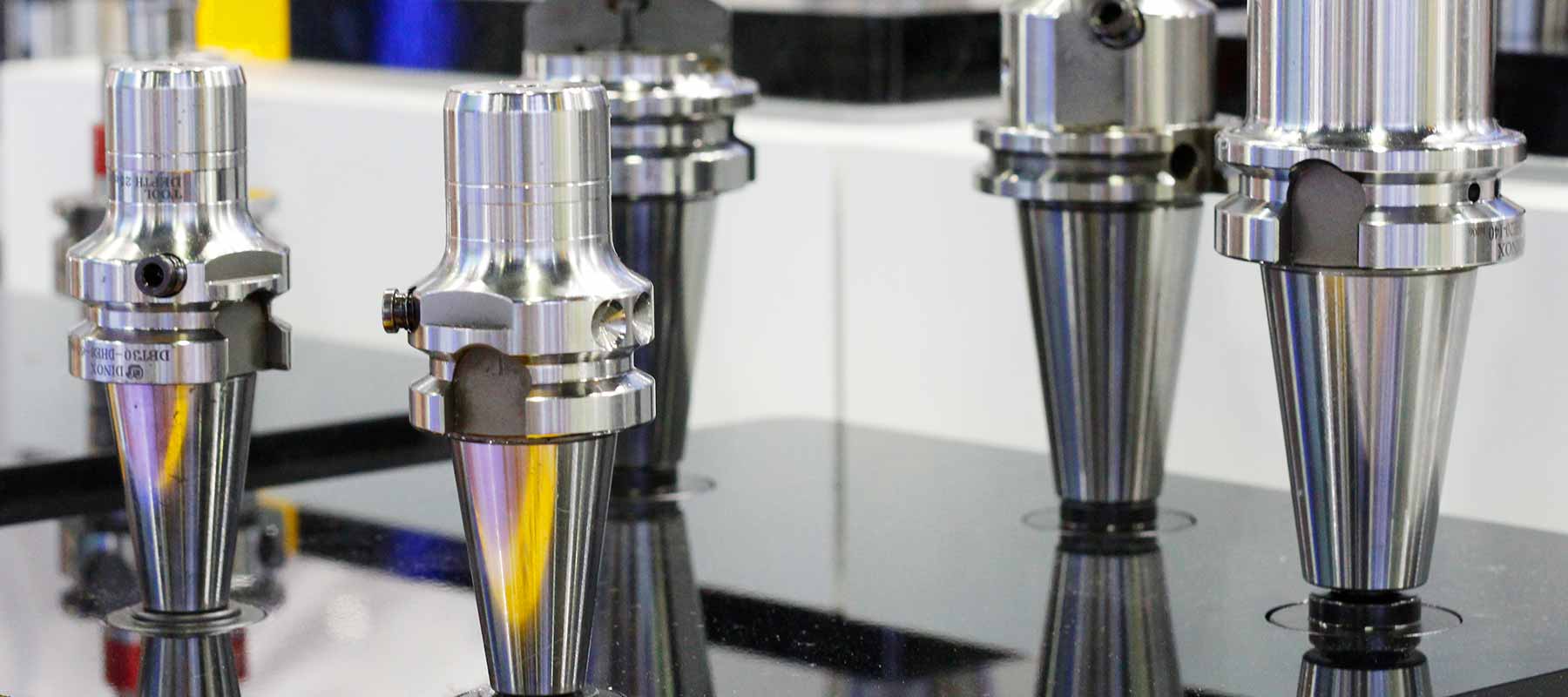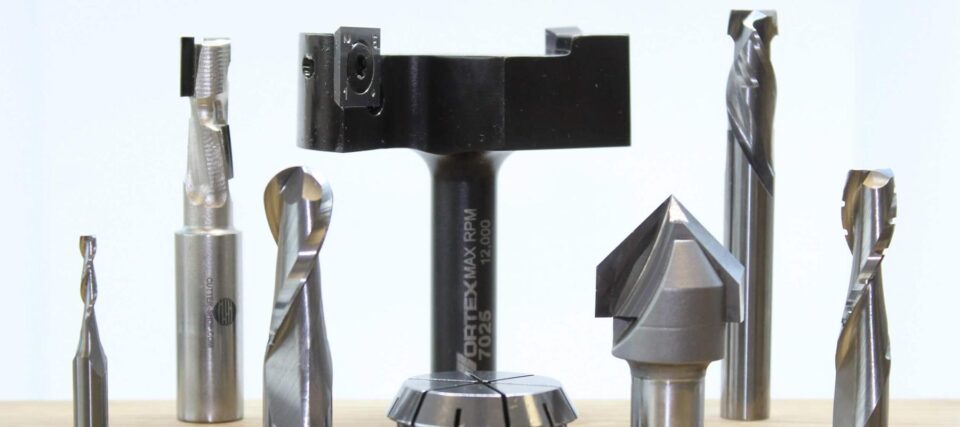Getting a great finish on a cutting job is down to several different aspects, from reducing vibrations, achieving a good vacuum hold on the material to selecting the right tool. A CNC cutter maybe small in size but it is mighty when it comes to achieving the desired finish.
Using the wrong CNC tool can result in a poor edge finish and could distort the part rather than producing a smooth clean cut. This could leave you having to buy additional material and wasting time on re-doing a job (time = money).
These are our top tips when selecting CNC cutters for a job:
- The best CNC cutters are the ones which are designed for the material you are cutting, get specific! Not only will you get the best finish but your CNC tool will last longer.
- Buy cheap, buy twice. Just because you can buy a tool for £10 doesn’t mean that it’s going to offer the same result as a tool that you pay £50 or £200 for. More expensive tools tend to be made from more hard wearing materials. If you want well-made professional tools you need to buy them from a reputable retailer.
- Different types of flutes (and these are just the most popular), choose the right tool for the task at hand.
- An upcut CNC tool is designed to move chips and heat up and away from the surface being cut, ideal for cutting thicker materials at higher speeds and offering a good bottom finish.
- Downcut router bits push the chips downwards and require lower speeds and are good for cutting smaller pieces as they push the material down. Downcut tools produce a fantastic top finish and are designed for working with thinner materials or creating shallower cuts.
- Compression tools have an upcut and downcut, so they give a good top and bottom finish, they are ideal for melamine faced composite boards.
- Roughing flutes offer a fast cut and are used when you either don’t need a smooth finish or as a first cut and then followed up by a second cut with with a different tool to reach the desired finish.
- Chipbreakers “break” the chips into small pieces reducing power consumption and vibration. Chipbreakers are staggered on each flute to produce a smooth cut. They are ideal for cutting ply wood.
- Tool material. We sell a variety of tools and selecting what the tool is made from comes down to three things. Firstly what are you cutting? If you’re cutting a material like Corian we recommend solid carbide tools where as if you’re cutting fire resistant MDF PCD tools would be your go to. Secondly quantity, if you’re cutting mass production work, where you might want to cut at speed, investing in a more expensive tool will pay off in terms of longevity and cut / part. Thirdly time, with solid carbide you can cut twice the diameter of the tool in one pass saving a lot of time over the life of the tool.
- To achieve the best finish the angle of the tool has to match the material you are cutting. Acrylic cutters are not designed to cut aluminum as the material make up is so different.
- Cutting Edge. We advise getting the cutting edge length of the tool as close to the thickness of material you are working with otherwise it can put too much pressure on the tool and it could break.
It can take time to look through all of the tools available for each material or you can call up and discuss your job and CNC tooling needs with one of our experts. Our customer services team are on hand to help.
Once you’ve chosen the right CNC cutting tool for the job we always recommend using a feeds and speeds calculator to achieve the best finish whilst not burning out your tools. All you need are the speed RPM, number of flutes, material and tool diameter. CNC router tools are effective, only if used in the correct manner.
Other things to note
Have a regular general clean down of everything including the collets and collet nuts to ensure the tool fits as it should. If the collet has debris from a previous job the tool might not fit properly and this could result in the tool being at a slight angle effecting the end result. An airline or brush kit for cleaning out all of the debris will mean that the collet will properly clamp.
When changing your tool you should also check your collet. A collet should be replaced every four to six months to improve the longevity of the tools. Read more about choosing a collet here.




